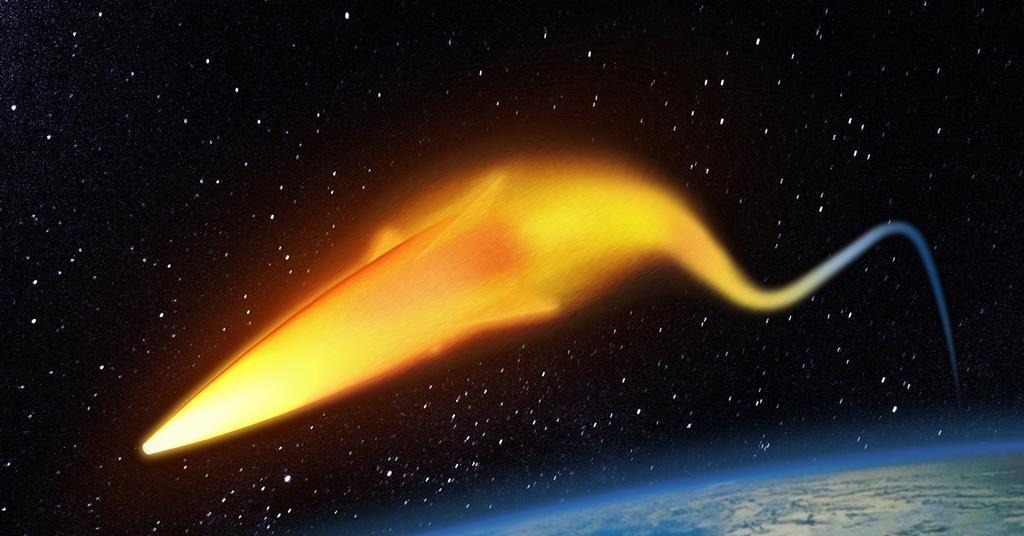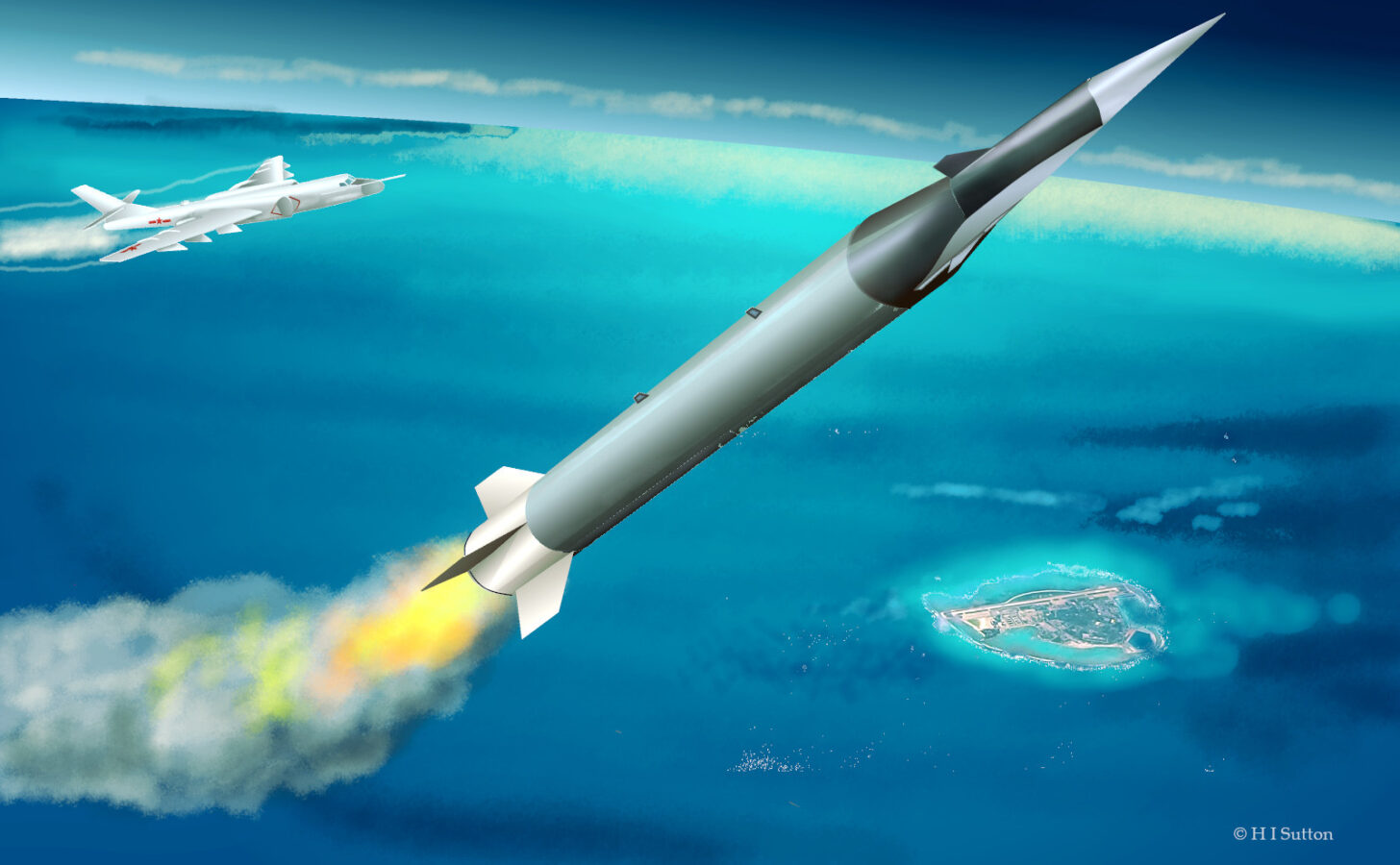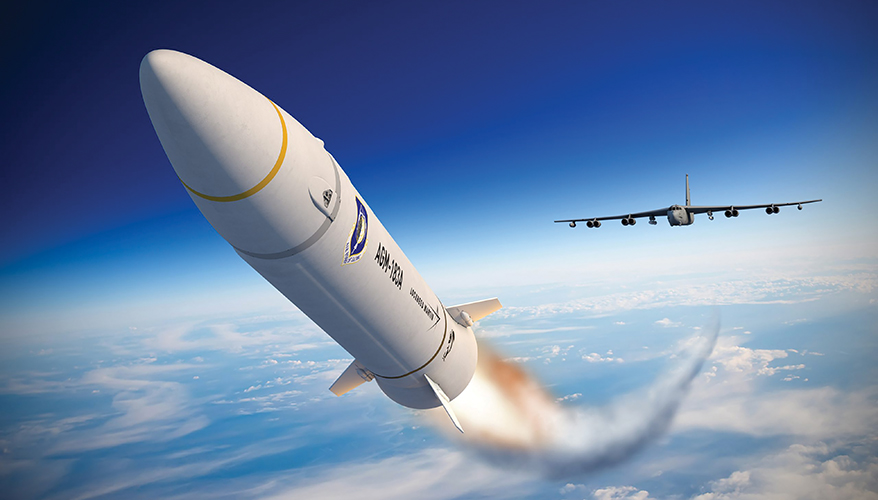Boagrius
Well-Known Member
A recent article suggests that the plasma blackout issue may not be as big of a problem for hypersonics as first thought:As I understand it, one of the engineering problems that hypersonics have encountered is that at certain point in the hypersonic regimen the air flowing around the hypersonic object becomes superheated and ionized, which in turn causes problems for missile guidance and telemetry. INS guidance might be able to target a stationary ground target so that hypersonic strikes against fixed targets of strategic value (buildings, fixed radar arrays, bridges, dams, power stations, transmission lines, transformer/relay stations, etc.) could be carried out. However, to target mobile targets either the hypersonic needs to have onboard sensors to provide guidance, or a datalink so that an offboard platform can provide the targeting and guidance information.
All that is needed even before any engineering difficulties relating to aerodynamics might be encountered, to permit a Mach 6+ missile the ability to maneuver sufficiently to strike a moving aircraft.
The US Department of Defense (DoD) is not concerned that its in-development hypersonic missiles could suffer from a communications blackout caused by a cocoon of plasma.
NASA spacecraft and intercontinental ballistic missiles have previously suffered from a communication interference caused by a layer of plasma forming around the vehicles when they re-enter the Earth’s atmosphere. Plasma forms when atmospheric gases are ionized – electrons are separated from their atoms – by the heat and compression caused by an object moving through the air at many times the speed of sound. The plasma layer blocks radio transmissions.
Many researchers and observers have thought that hypersonic missiles would also form a plasma sheath while flying more than five times the speed of sound through the atmosphere. That could make it difficult to communicate with the missiles. Radioing the high-stakes weapons could be critical, for instance, to abort a mission.
However, despite popular perception, the possibility is not a major concern, says Mike White, assistant director of hypersonics with the Pentagon.
“When we fly a missile for sustained hypersonic flight within the atmosphere, the plasma tends to not be so much of a problem,” he says. “We see plasma effects when we have relatively blunt bodies entering from space and the velocities they’re very, very high, and the shockwaves are very, very strong, so that heats the air even more severely than what we experienced in sustained flight.”
The DoD is developing two types of hypersonic missiles: boost-glide and air-breathing cruise missiles.

Plasma blackout is not a worry for USA's hypersonic missiles: Pentagon
The US Department of Defense is not concerned that its in-development hypersonic missiles could suffer from a communications blackout caused by a cocoon of plasma. Radioing the high-stakes weapons could be critical, for instance, to abort a mission.








